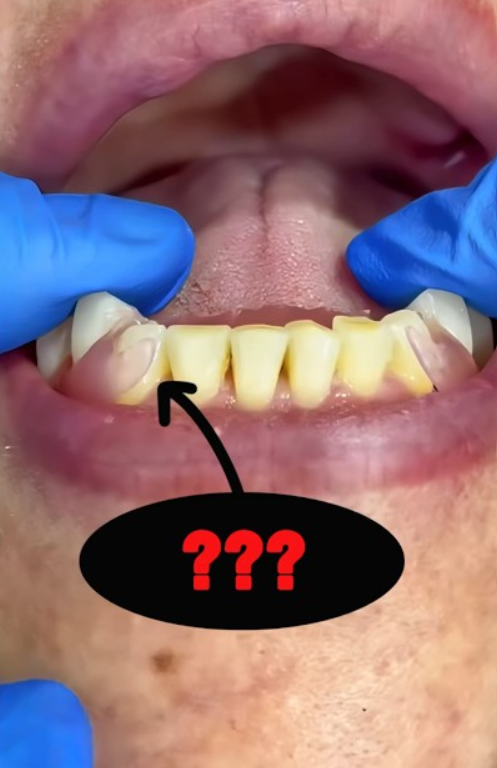Flexible dental prostheses represent a significant advancement in the field of dentistry, particularly in restorative practices. These innovative devices are designed to replace missing teeth while offering enhanced comfort, aesthetics, and functionality compared to traditional dentures. In this article, we will explore what flexible dental prostheses are, their advantages, the materials used in their production, and considerations for patients.
What Are Flexible Dental Prostheses?
Flexible dental prostheses are removable dental appliances crafted from soft, elastic materials that adapt closely to the contours of the mouth. Unlike conventional dentures, which are often rigid and can cause discomfort, flexible prostheses are designed to provide a more natural feel and improved fit. They can be used to replace single or multiple missing teeth, making them suitable for a wide range of dental restoration needs.
Advantages of Flexible Dental Prostheses
- Comfort: One of the most notable benefits of flexible dental prostheses is their comfort. The soft materials used allow the prostheses to flex and move with the natural contours of the gums and mouth, reducing irritation and soreness that often accompany traditional dentures.
- Aesthetics: Flexible prostheses often feature a more natural appearance. They can be designed to match the color and translucency of natural gums and teeth, making them less noticeable than traditional options. This aesthetic advantage can boost a patient’s confidence and encourage them to smile freely.
- Durability: The materials used in flexible prostheses, such as thermoplastic polymers, are resilient and resistant to wear and tear. This durability means that they can withstand the rigors of daily use, making them a long-lasting solution for tooth replacement.
- Lightweight: These prostheses are typically lighter than their rigid counterparts, contributing to overall comfort during use. Patients often report feeling less pressure on their gums and jaws, which can be a significant factor for those who wear dentures for extended periods.
- Adaptability: Flexible prostheses can be adjusted easily. If a patient’s mouth changes due to weight loss, gum shrinkage, or other factors, these appliances can often be modified without needing a complete replacement.
Materials Used in Flexible Prostheses
The primary materials used in the fabrication of flexible dental prostheses include thermoplastic elastomers, which are known for their elasticity and strength. Common examples include nylon and polyvinyl chloride (PVC). These materials are biocompatible, meaning they are safe for use in the human body, and they mimic the natural feel of gums and teeth, contributing to the overall comfort of the prosthesis.
Considerations for Patients
While flexible dental prostheses offer numerous benefits, there are some considerations patients should keep in mind. They may require an adjustment period as the mouth adapts to the new appliance. Additionally, proper care and maintenance are essential to ensure longevity and hygiene. Regular check-ups with a dentist are necessary to monitor the condition of the prosthesis and the health of the surrounding gums.
In conclusion, flexible dental prostheses represent a revolutionary approach to tooth replacement, combining comfort, aesthetics, and durability. For individuals seeking an effective solution to missing teeth, these modern appliances offer a viable and attractive option that can significantly enhance their quality of life. As technology and materials continue to evolve, flexible prostheses will likely become even more refined, further improving the dental experiences of patients around the world.
